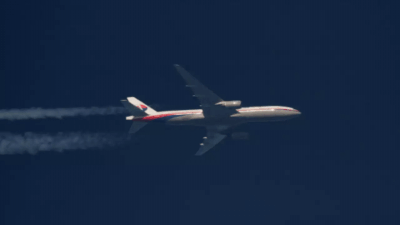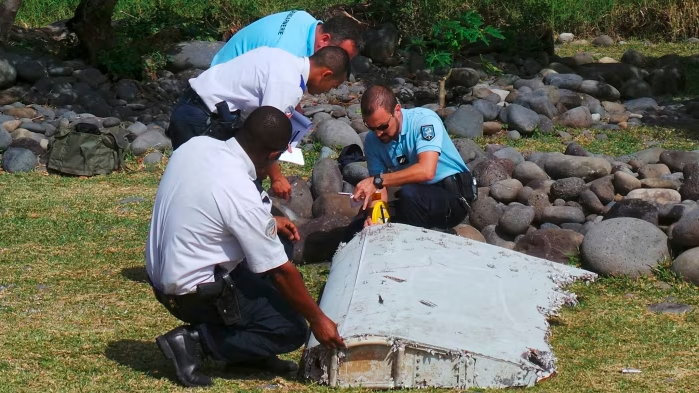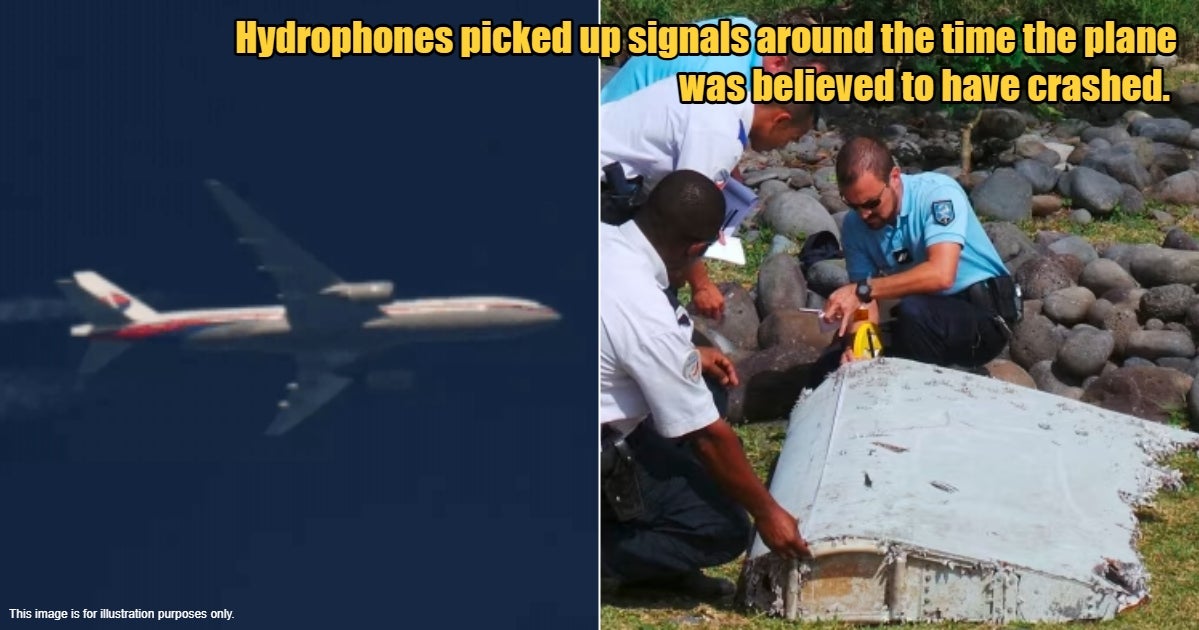10 years after the disappearance of Malaysia Airlines flight MH370, new signs have popped up as British researchers detected signals that may lead to the discovery of the plane.
According to a report by Sinar Harian, a signal was detected at Cape Leeuwin in Western Australia, which is 1 of 2 hydrophone stations that were within tens of minutes of the signal’s travel-time reception period from the last contact with the aircraft’s radar.
Researchers from Wales reportedly picked up a 6-second signal using an underwater microphone or hydrophone that could potentially lead to the plane’s final location.

This image is for illustration purposes only.
These hydrophones, originally designed to detect banned nuclear tests, picked up signals around the time the plane was believed to have crashed.
Based on researchers’ studies, a Boeing 777 aircraft such as MH370 would generate kinetic energy equivalent to a small earthquake if it crashed at a speed of 200 meters per second.
Such an effect would be large enough to be recorded by hydrophones thousands of miles away.
Flight MH370, carrying 227 passengers and 12 crew members, reportedly went missing while on a journey from Kuala Lumpur International Airport (KLIA) to Beijing, China.
The B777-200 flight departed from KLIA at 12:41am and was scheduled to arrive in Beijing at 6:30am local time, the same day.

Despite extensive searches covering more than 119,140 square kilometers, only 18 pieces of the aircraft were found stranded.
The search of MH370 is one of the most expensive searches in the history of aviation, involving a cost of US$200 million (RM837.47 million).
We genuinely hope that the search is concluded soon, so that the families of those who lost their lives can finally get closure.



































